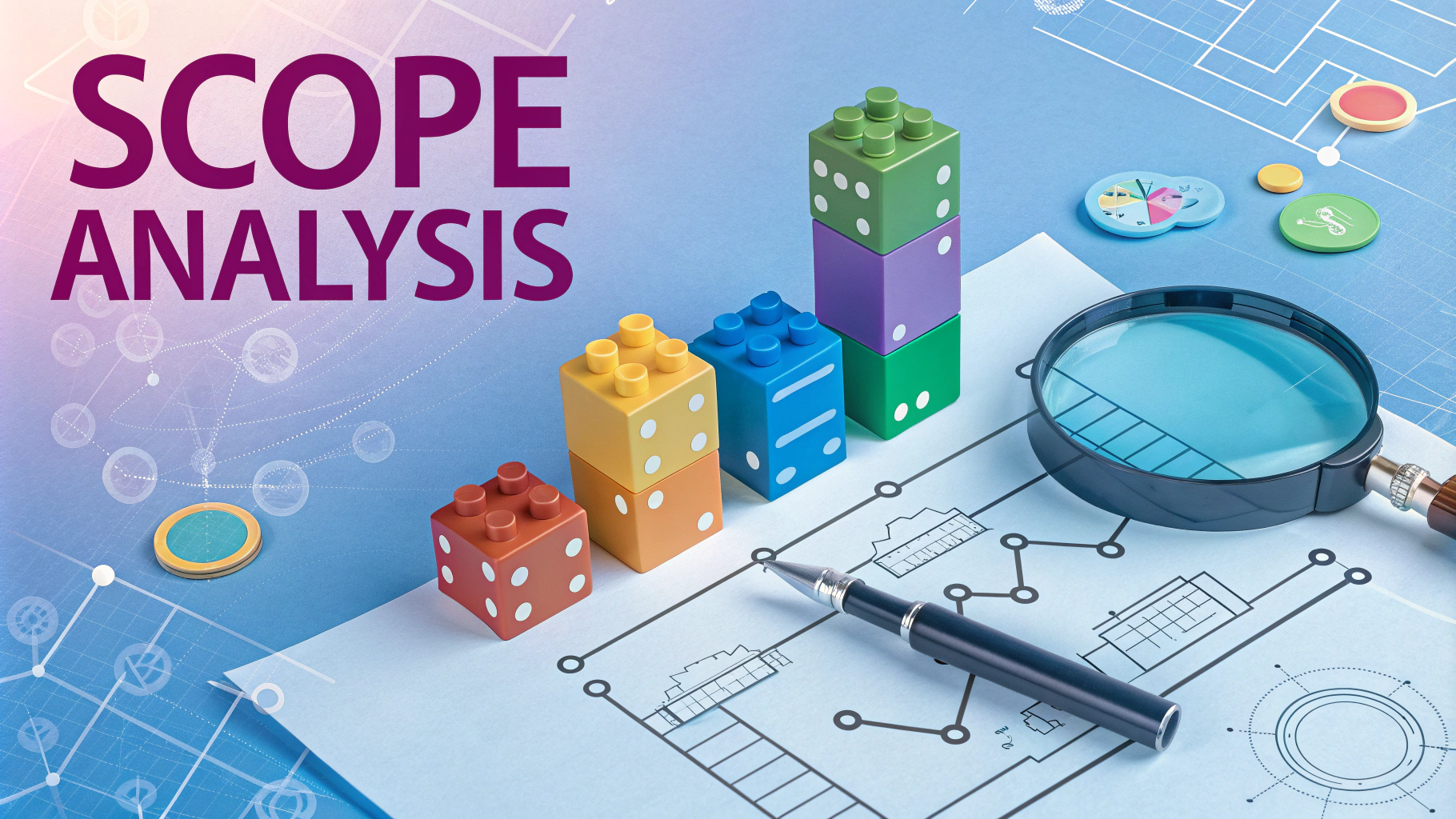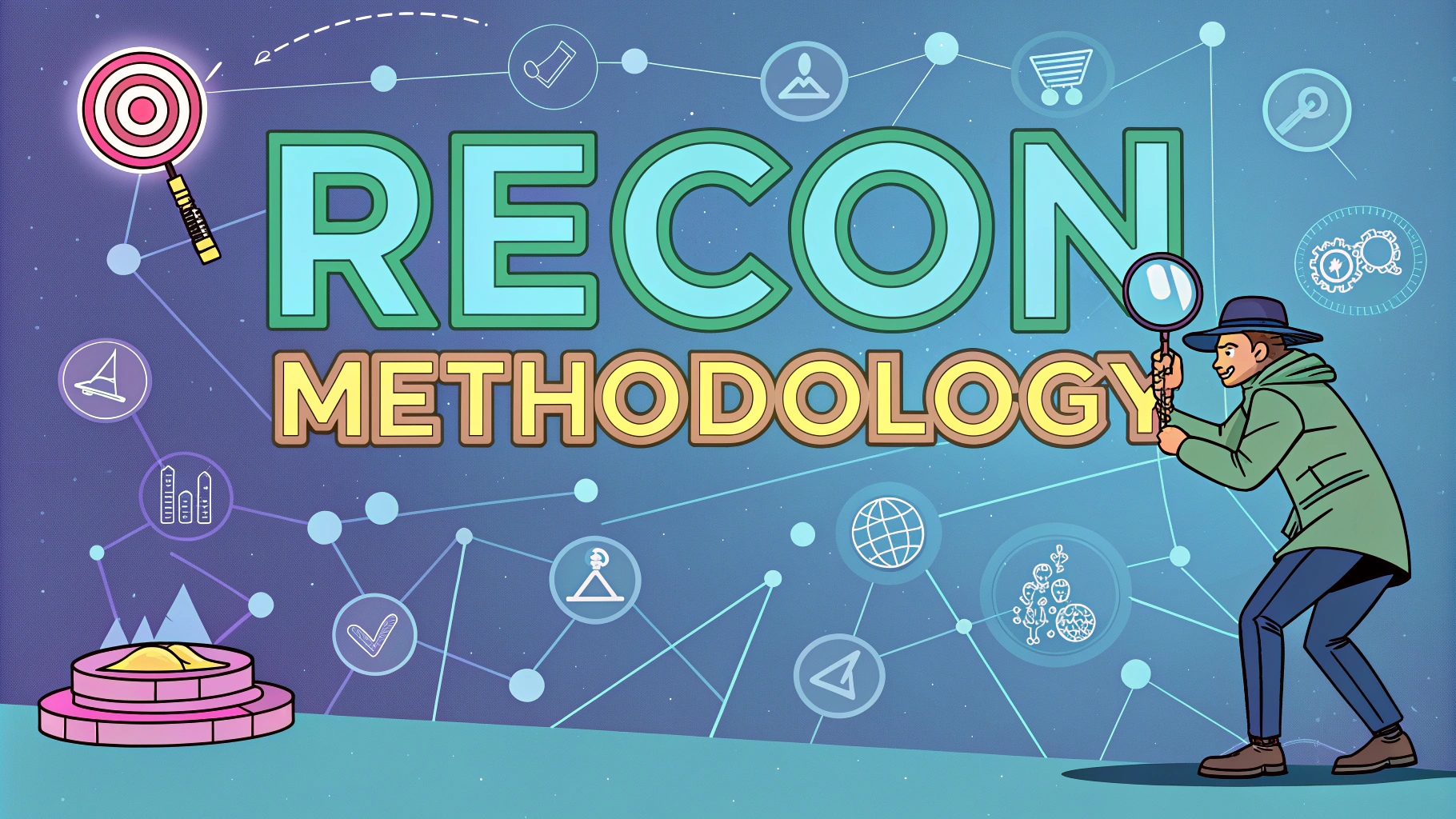Intelligence collection through penetration testing helps organizations identify and fix security vulnerabilities before malicious actors can exploit them.
Professional penetration testers use various methods to gather information about target systems, networks, and applications to simulate real-world attacks.
This guide covers essential techniques and tools for effective intelligence gathering during penetration testing engagements.
Passive Information Gathering
WHOIS lookups reveal domain registration details, IP addresses, and administrative contacts.
- DNS enumeration tools like DNSRecon
- Google dorking for exposed files/information
- Social media reconnaissance
- Public records searches
- SSL/TLS certificate analysis
Active Information Collection
Network scanning with tools like Nmap identifies live hosts and open ports.
- Service version detection
- OS fingerprinting
- Banner grabbing
- Web application scanning
Web Application Intelligence
Web crawlers map site structure and identify potential entry points.
- Directory enumeration
- Parameter discovery
- Technology stack identification
- Content management system detection
Network Infrastructure Mapping
| Tool | Purpose |
|---|---|
| Maltego | Visual link analysis |
| Shodan | Internet-connected device discovery |
| Wireshark | Network traffic analysis |
Social Engineering Intelligence
Employee information gathering through LinkedIn and corporate directories aids in social engineering assessments.
- Organizational structure analysis
- Email format identification
- Phone number harvesting
- Business relationship mapping
Documentation and Reporting
Proper documentation of collected intelligence supports effective penetration testing and reporting.
- Screenshot evidence
- Network diagrams
- Data organization
- Source attribution
Legal and Ethical Considerations
Always obtain proper authorization before conducting intelligence gathering activities.
- Define scope boundaries
- Respect privacy laws
- Handle sensitive data appropriately
- Document authorization
Next Steps for Security Testing
Use collected intelligence to develop targeted testing strategies and attack scenarios.
Contact professional penetration testing firms (HackerOne or Bugcrowd) for authorized security assessments.
Testing Strategy Development
Intelligence gathered during reconnaissance informs the creation of targeted testing plans.
- Vulnerability prioritization
- Attack surface mapping
- Custom exploit development
- Test case planning
Intelligence Analysis Tools
Data Correlation
- SpiderFoot
- Recon-ng
- theHarvester
Reporting Platforms
- Dradis
- PlexTrac
- DefectDojo
Advanced Techniques
Specialized methods for complex target environments require additional tools and expertise.
- Cloud infrastructure analysis
- Container security assessment
- IoT device discovery
- API endpoint mapping
Strengthening Security Through Intelligence
Effective intelligence gathering forms the foundation of successful security testing and vulnerability remediation.
- Maintain updated intelligence databases
- Implement continuous monitoring
- Share findings responsibly
- Build organizational security awareness
Remember to regularly update intelligence gathering methodologies as new technologies and threats emerge.
FAQs
- What is intelligence collection in penetration testing?
Intelligence collection in penetration testing is the systematic gathering of information about target systems, networks, and organizations through both passive and active means to identify potential vulnerabilities and attack vectors. - What are the main phases of intelligence collection during a pentest?
The main phases include OSINT (Open Source Intelligence), network enumeration, service identification, social engineering reconnaissance, and infrastructure mapping. - What tools are commonly used for intelligence collection in pentesting?
Common tools include Maltego, Shodan, Nmap, Recon-ng, theHarvester, WHOIS lookups, Google Dorks, and social media analysis tools. - How does passive reconnaissance differ from active reconnaissance?
Passive reconnaissance involves collecting information without directly interacting with the target systems, while active reconnaissance involves direct interaction and scanning of target systems. - What legal considerations should be followed during intelligence collection?
Penetration testers must obtain proper authorization, stay within defined scope, comply with privacy laws, avoid unauthorized access, and document all activities. - What are the key information types gathered during intelligence collection?
Key information includes IP ranges, domain names, employee details, technology stack, security measures, network topology, exposed services, and potential vulnerabilities. - How can social engineering be used in intelligence collection?
Social engineering can reveal organizational structure, security awareness levels, internal procedures, and potential human vulnerabilities through methods like phishing simulations and pretexting. - What role does OSINT play in penetration testing?
OSINT helps gather publicly available information about targets through search engines, social media, public records, and business registries without direct system interaction. - How is intelligence collection documented during a pentest?
Documentation includes detailed logs of all reconnaissance activities, findings, methodologies used, timestamps, and discovered vulnerabilities in a structured report format. - What are common mistakes to avoid during intelligence collection?
Common mistakes include exceeding authorized scope, aggressive scanning that disrupts services, failing to document activities, and not validating gathered information.







